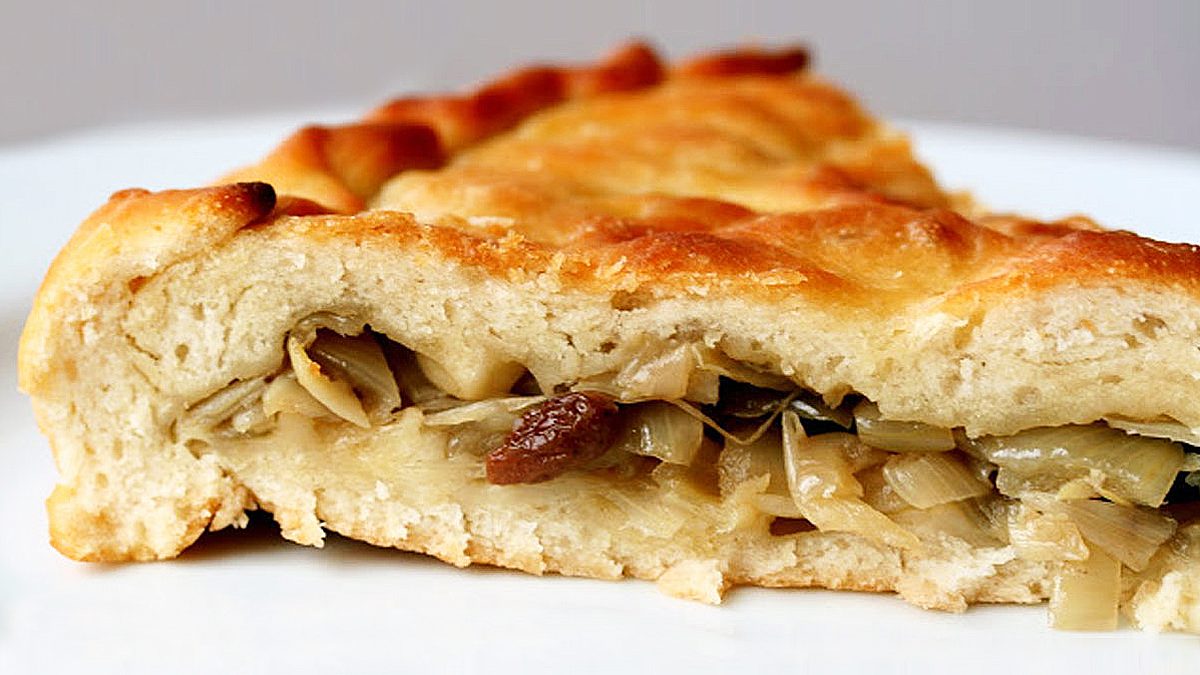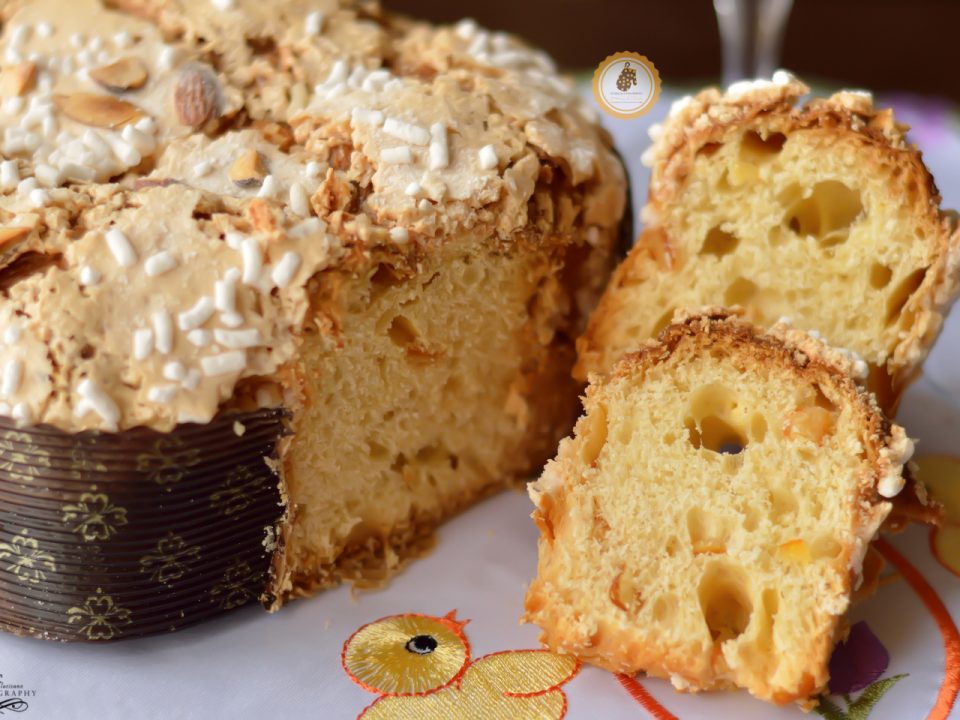Onion calzone

In the Apulian tradition, we see many culinary delicacies protagonists, handed down from generation to generation, for example the Chiacchiere during the Carnival period, Torroni, Cartellate, Pastatelle and Pettole during the Christmas period, orecchiette with turnip tops (generally cooked from November in April, since in winter they are more good) and many other delicious dishes on the Puglia tables. But what I will write today committed for years the women of Puglia in the period of Lent: Il Calzone di Cipolla.
The onion calzone has ancient origins and was prepared by the Apulian housewives during the Lenten period. In reality there is no specific reason that connects the calzone with Easter, but the traditions are known to be respected … and handed down! Over the years and probably also word of mouth will have negatively affected, the recipe has been modified or customized; there are those who add yeast to the dough, who let the nuptials “rest” for a couple of hours and who for the whole night, regardless of how it is prepared, the result will certainly be a delight
But what I want to cite today is the recipe that my mother uses, exactly the one that was handed down to me by my grandmother years ago, and which was handed down to her by her mother.
The ingredients are very simple to find, also because considering the limited economic resources, which in the past the families had available, tended to prepare the foods with products that the land and seasonality offered. The sponsali or onion porraia, are typically present in Basilicata and Puglia in the Salento area (Lecce, Brindisi and Taranto), but there are many farms scattered throughout the territory, which produce them.
I want to clarify that the calzone must necessarily have a circular shape, like a closed focaccia, this is the most certain thing that despite the various customizations has remained unchanged.
Preparation of the mixture:
• 500gr. of flour • 200ml. of oil e.v.o. • 100ml. of white wine • 1 glass of water • salt q.s.
Arrange the flour in the mountains (in the past it was done on large wooden tables, which the women jealously guarded and where they prepared at least 70% of the Apulian specialties). After that knead rigorously until the whole is mixed. There is no need to leave the “mass” to leaven, because yeast has not been used. But the oil will make sure that the dough is crunchy and crumbly.
For the stuffing:
800gr. of nuptials 40 denociollate olives (possibly black) anchovies in salt (according to one’s own taste) 50gr. of cheese (Parmigiano or Pecorino according to your taste) Oil e.v.o. q.s. Salt to taste. Pepper as needed.
Clean the nuptials, cut them coarsely and let them rest in the milk for a couple of hours. Then cook them with a little oil and a glass of water, add salt and pepper. Once cooked, add the cheese, anchovies and olives. Subsequently, oil a pan (the most suitable would be the one with a diameter of 28cm.) Spread half of the dough, previously prepared and stuff it with the filling of nuptials, anchovies and olives, then cover it with the remaining dough. Bake for 40-50 minutes at 180 degrees.
As I wrote before, there are several versions, the raisin can also be added to the mixture. But every calzone has its own recipe and its history and I like to keep that “mine” or better handed down by my grandmother.
Walking through the streets of the Apulian villages, in this Lenten period it is also this: to savor the ancient smells, the smells of an era when with few and poor ingeridents the tables were set and you were happy for the simple fact of being together; the smell that emerges from the balconies, the fireplaces and the wood stoves, in which the trousers and hundreds of other goodies were cooked in the past, reminds me of an ancient Puglia, one in which one used to play on the street, one in which one he ran in the countryside and hid in the trulli, that of simple and authentic flavors, which still leave an indelible memory in the hearts of its visitors.



